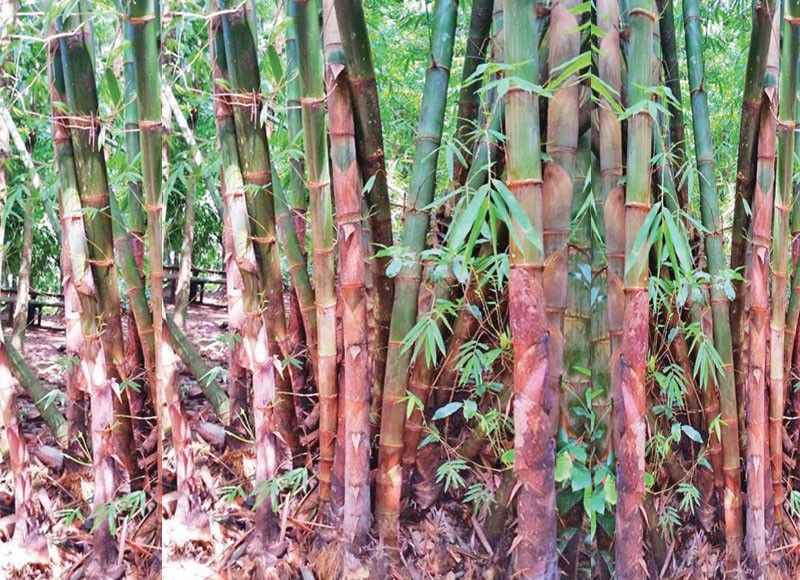“Sometimes the Best Things are Right in Front of You” – Gladys Knight
We live in a complex world where we often overlook the value of the simple and ordinary. It’s easy to get caught up in the grandiose and the elaborate, forgetting that sometimes, the best solutions are right before us. Gladys Knight’s words resonate with a message that applies not only to life’s philosophical aspects but also to practical challenges, such as flood control in urban areas.
The recent heavy rains brought forth the perennial flooding problem in the bustling metropolis of Metro Manila. During this time, the Department of Agriculture (DA) announced an innovative approach to flood control: using bamboo as a critical element. This seemingly ordinary plant, found in abundance across the Philippines, has the potential to revolutionize how we combat floods.
Intriguingly, this concept is not entirely new. Some countries, including Uganda and Sierra Leone, have successfully employed bamboo trees as natural flood control measures. These trees, renowned for their remarkable growth rate, can shoot up by an astonishing 1.5 inches or 4 cm per hour. The rapid growth of bamboo enables swift reforestation of denuded areas, a crucial step in mitigating floods caused by heavy rains.

One of bamboo’s remarkable qualities is its extensive root system. When bamboo trees are planted in sufficient quantities, they serve as a natural barrier against soil erosion. The roots also act as a formidable force in tempering the speed and strength of flowing water. This attribute makes bamboo a valuable asset in safeguarding riverbanks and mitigating the impact of flooding.
Moreover, certain types of bamboo, like the Guadua Bamboo from Latin America, can absorb a significant amount of water during the rainy season and gradually release it back into the soil during drier periods. This unique capability not only aids in flood control but also enriches the soil, benefiting the overall ecosystem.
However, the advantages of bamboo in flood control extend beyond its role as a natural barrier. Bamboo forests also have the potential to prevent landslides. Their extensive root systems anchor the soil, preventing it from slipping down steep slopes. Additionally, bamboo trees are potent oxygen producers, contributing more oxygen to the environment than other tree species. This improves air quality and adds to the sustainability of urban environments.
One aspect that cannot be overlooked is the socio-economic impact of bamboo reforestation projects. Bamboo plantations can provide livelihoods to local communities, creating opportunities for sustainable income. With the demand for bamboo products on the rise, including bamboo furniture, handicrafts, and construction materials, communities can harness the economic potential of this versatile plant.
Utilizing bamboo as a flood control tool is simple yet highly effective. However, a “whole of nation” approach is essential to realize this vision. Reforestation programs involving bamboo trees require coordination between government agencies, private groups, and local communities. Establishing and maintaining bamboo forests involves specialized knowledge and resources, which can be harnessed through collaboration.
The government must play a pivotal role in facilitating this collaboration, providing the necessary training and resources. A program director with a clear vision and the ability to coordinate these efforts can drive the project to success. It’s not a complex program; it’s an endeavor that hinges on cooperation and a shared commitment to a sustainable future.
When facing challenges like flooding, we often look for complex, expensive solutions, entrusting our fate to experts. However, these solutions rarely yield the desired results. Perhaps, as Gladys Knight suggests, it’s time to step back and rediscover the simple things right in front of us. The bamboo tree, with its remarkable growth, robust roots, and numerous environmental benefits, offers a solution that has the potential to transform the way we combat floods and enhance the quality of life for urban communities.
See Also:
- Why Do We Need to Preserve Philippine Native Trees
- Marcos Jr. Highlights the Economic Potential of Protecting the Philippines’ Forest Cover
- The Urgency of Reforestation: Saving the Philippines’ Vanishing Forests
- Top 15 Hardwood Trees in the Philippines to Grow for Profit
- Gmelina vs Mahogany: Which is More Profitable to Grow and Why
